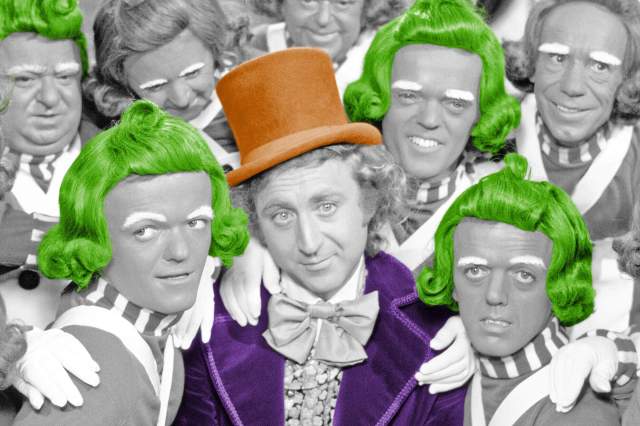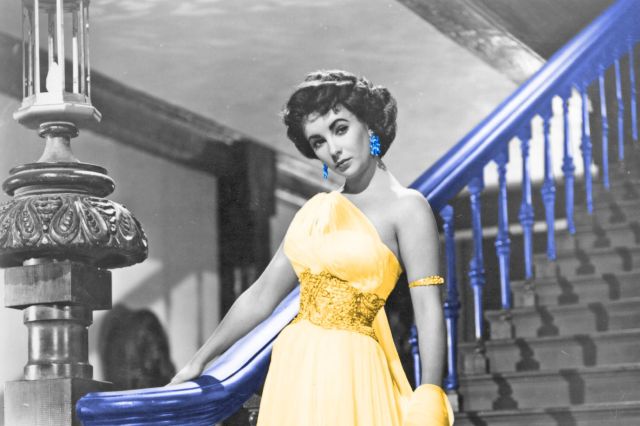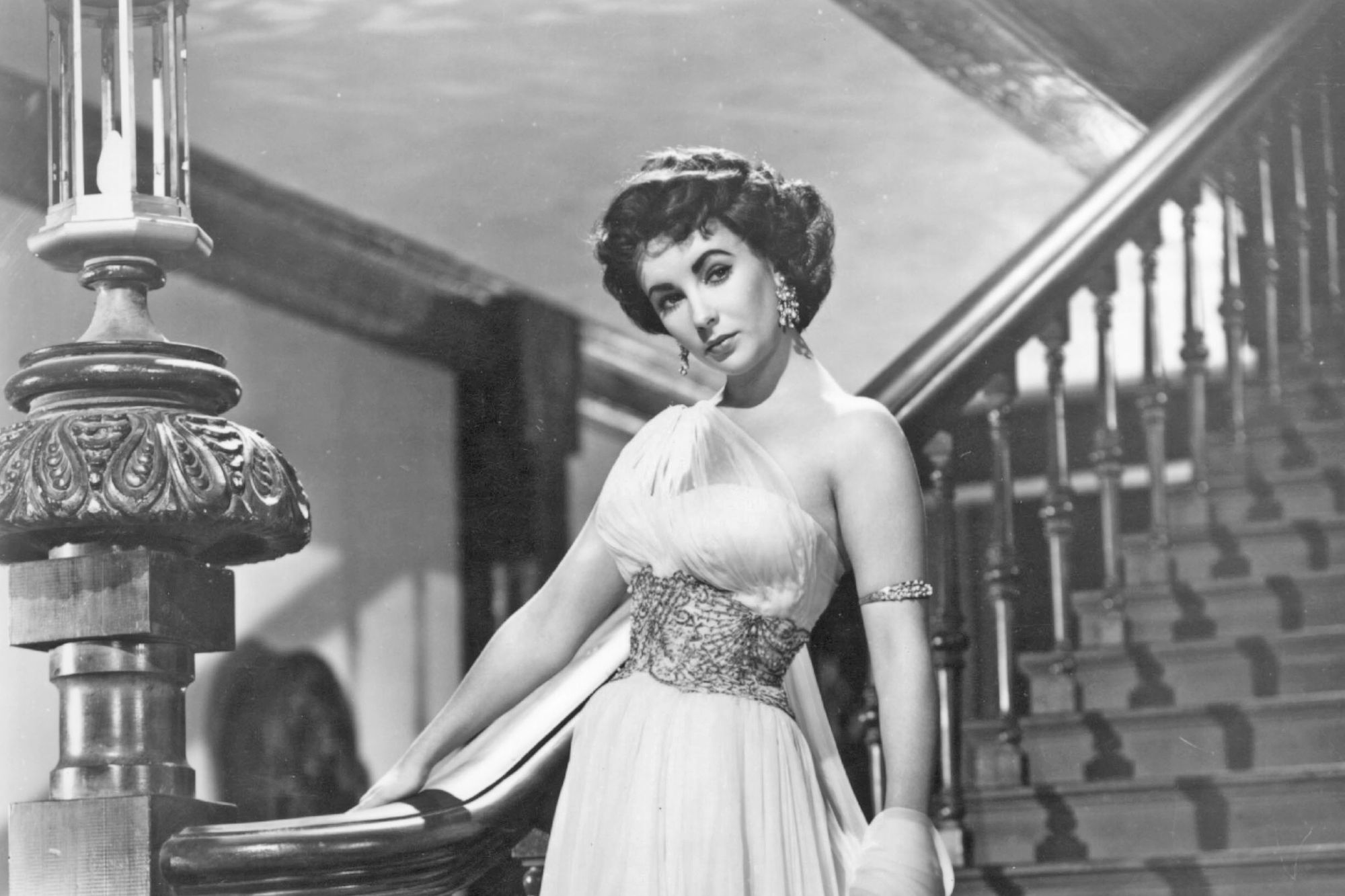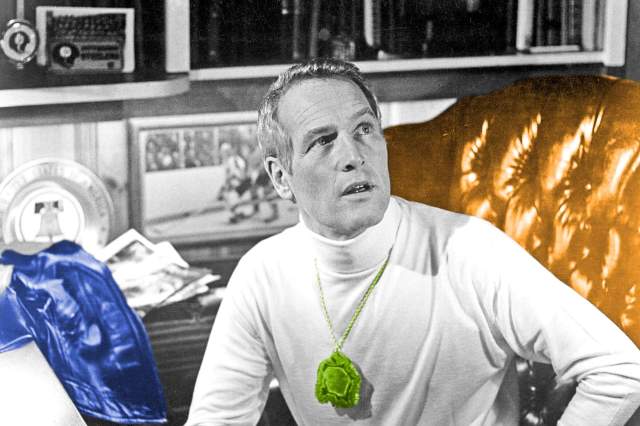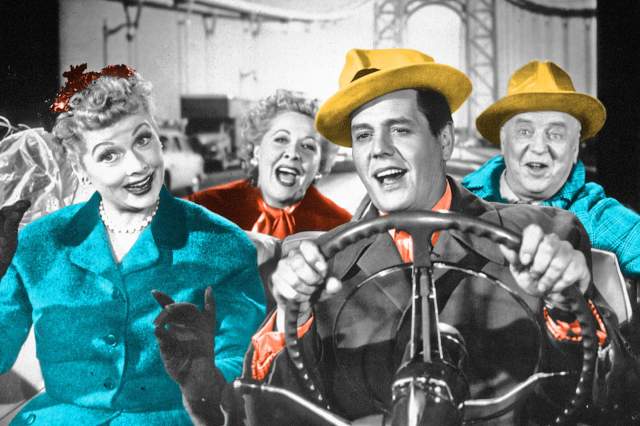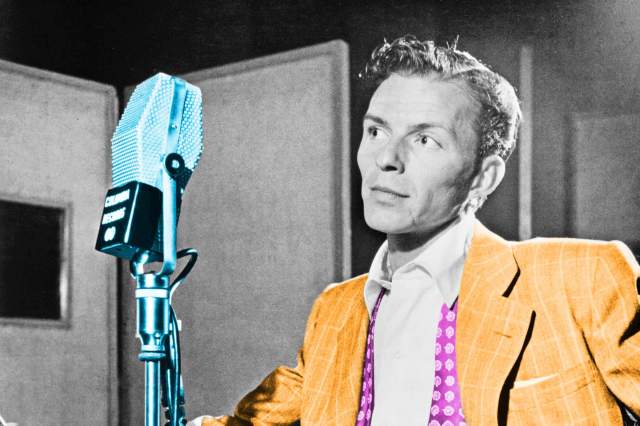13 Surprising Facts About Queen Elizabeth II
Original photo by Mark de Jong/ Unsplash
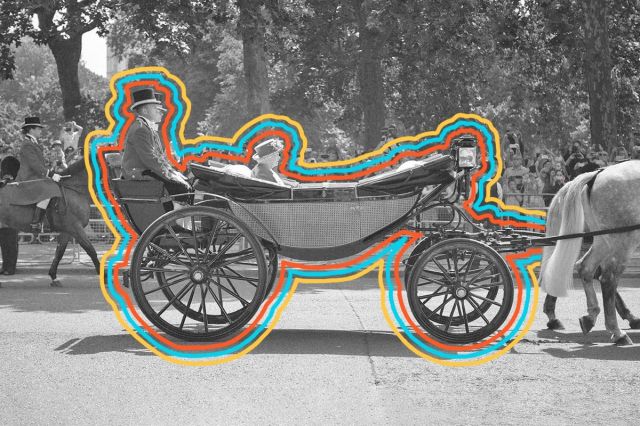
Few figures loom larger in modern history than Queen Elizabeth II, who died at age 96 on September 8, 2022, after reigning for a record-setting 70 years. A symbol of duty and stability both in her native England and abroad, the monarch born Elizabeth Alexandra Mary was a ubiquitous presence even as she remained unknowable — an aura that allowed for a great deal of artistic license in fictional depictions such as the 2006 movie The Queen and Netflix’s historical series The Crown. From serving in World War II to creating her own breed of dog to favoring the same $9 nail polish for more than 30 years, here are some fascinating tidbits about Her Royal Highness, whose impact on the world will be felt for generations to come.

She Probably Met More People Than Anyone Else in History
With royalty comes ceremony, and the queen attended more than her fair share of them throughout her seven-decade reign. With all the weddings, foreign tours, and other public events that filled her calendar, it’s probable that she met more people than anyone else in history — including 13 Presidents of the United States. Whether you consider meeting so many people a pro or con of her position likely depends on your own attitude toward large gatherings.
She Celebrated Two Birthdays
While the queen’s actual birthday fell on April 21, she also had a second “official” birthday in the summer. It was marked with a ceremony called Trooping the Colour, a practice that has existed for over 260 years to ensure that British sovereigns whose birthdays fall during colder months also have a ceremony that happens during nicer weather. More than 1400 soldiers, 200 horses, and 400 musicians participated in the military parade, which usually happened in June. (The “colors” in the ceremony’s name refers to the hues of the flags used by regiments in the British Army; “trooping” refers to officers marching up and down waving the flags.) The public turn out in droves to take part, and members of the royal family also joined the procession on horseback or in carriages.

She Never Went to School
British royals throughout history were often educated at home, and that included Queen Elizabeth. She was taught by private tutors, with a focus on British law and history. The young Elizabeth also learned to ride horses, and was privately instructed in religion by the Archbishop of Canterbury. The queen also studied music, art, and French throughout her life. (She spoke fluent French, often switching between English and French while delivering speeches in French-speaking countries.)

She Served With the British Army During World War II
In 1945, Queen Elizabeth joined the Auxiliary Territorial Service (ATS) — the women’s branch of the British Army — to serve as a subaltern (or junior officer) during World War II. During her time in the army, the queen learned to drive and to maintain vehicles as a truck driver and mechanic.
When the war ended, the then-princess and her sister, Princess Margaret, secretly joined revelers in the street to celebrate the Allied victory. She even did the conga at the Ritz. The queen later called it “one of the most memorable nights of my life.”
90% of All Living People Were Born After She Became Queen
There are many statistics that put the record-breaking length of Queen Elizabeth II’s reign in focus, but none quite like the fact that nine in 10 living human beings were born after she became queen. The vast majority of people in the world, whether in England or anywhere else, had literally never known another British monarch until her son became king.

She Didn’t Need a Driver’s License or Passport
While the queen was often chauffeured around in a custom Bentley limousine, she also once enjoyed driving herself around in her beloved Range Rover. But unlike every other person who drives in the U.K., Her Royal Highness did not require a driver’s license nor a license plate on her car. As the name in which British passports are issued, she also did not require a document of her own for international travel.
She Once Acted With James Bond
In 2012, the queen acted in a short video segment with Daniel Craig in his role as James Bond. Filmed for the London Olympics, the Danny Boyle-directed clip showed the queen doing her best 007 as she skydived from a helicopter into the stadium where the opening ceremony was being held. While the queen did have her own lines for the appearance — and was said to be a natural — the actual jump was performed by a stuntman.

She Didn’t Eat Pasta, Potatoes, or Garlic
Darren McGrady, who served as the queen’s personal chef for 15 years, revealed in 2017 that Her Royal Highness stayed away from starchy foods unless they were served at a state dinner. Instead, she ate an abundance of grilled fish, chicken, and vegetables, as well as salad and fresh fruit. McGrady also said that she did not like food prepared with garlic or too many onions. Her daughter-in-law Camilla, Duchess of Cornwall, confirmed the anti-garlic stance during an appearance on MasterChef Australia, saying it is common among royals due to their frequent public appearances.

Her Favorite Nail Polish Was a $9 Bottle of Essie
Since 1989, the queen preferred Essie’s “Ballet Slippers” as her nail polish of choice. The pale, almost translucent shade of pink became standard within the royal family, where it is reportedly against the dress code to wear dark or bright nail polish. According to Essie, “Ballet Slippers” remains one of the company’s most popular colors, and a bottle of it is sold every two seconds.

She Owned More Than 30 Corgis and Invented the “Dorgi”
Throughout her life and reign, Elizabeth always kept corgis. She got her first corgi in 1933, when her father brought one home as a family pet. When she was 18, she got her own pet corgi, Susan, from which all her other dogs over the years would be descended. She has also owned almost a dozen “dorgis” — a cross between a dachshund and a corgi that was first introduced to the royal household when one of the queen’s dogs mated with Princess Margaret’s dachshund.

She Used Her Purse To Send Signals to Her Staff
The queen was hardly ever seen without one of her signature Launer handbags; she was said to own about 200 of them. While she reportedly used her purse to carry a mirror, lipstick, mints, and reading glasses, she also discreetly sent signals to her staff with it. According to one royal historian, Her Royal Highness would switch her purse from her left arm to her right if she wished to be politely ushered away from a conversation. If she placed her purse on the floor, it meant she needed saving from an uncomfortable situation. And if the handbag ended up on the table at dinner, it reportedly meant she wished to be whisked away within the next five minutes.

She Drank a Glass of Champagne Before Bed
It’s only fitting that the queen of England would choose a classy nightcap. Her first cousin Margaret Rhodes reportedly once said that Queen Elizabeth ended most days by enjoying a glass of Champagne before going to sleep — most likely Bollinger Champagne, the official supplier to the royal household. Her Majesty also reportedly enjoyed a gin and Dubonnet with a slice of lemon before lunch, a glass of wine with lunch, and a dry martini in the evening.
15 Prime Ministers Served Under Her
Beginning with Winston Churchill and ending with Liz Truss, whom the Queen met just two days before her death, 15 prime ministers served under Queen Elizabeth II. The other 13 are, in order, Anthony Eden, Harold Macmillan, Alec Douglas-Home, Harold Wilson, Edward Heath, James Callaghan, Margaret Thatcher, John Major (the first PM who was younger than the Queen), Tony Blair, Gordon Brown, David Cameron, Theresa May, and Boris Johnson. After retiring, Churchill said of the Queen that “All the film people in the world, if they had scoured the globe, could not have found anyone so suited to the part.”

Nicole is a writer, thrift store lover, and group-chat meme spammer based in Ontario, Canada.
top picks from the optimism network
Interesting Facts is part of Optimism, which publishes content that uplifts, informs, and inspires.






